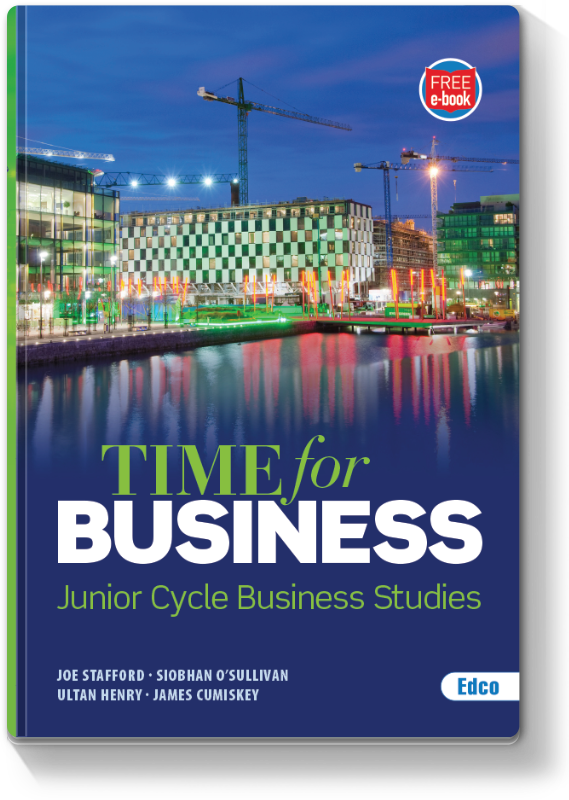 Immediately after the section on household budgeting we tackled Chapter 6 which deals with recording income and expenditure in the analysed cash book. The most relevant Learning Outcome here is 1.13: Monitor and calculate income and expenditure data, determine the financial position, recommend appropriate action and present the analysis in tabular and graphic formats. Once again this is a topic which is very familiar to teachers of the ‘previous’ Junior Cert curriculum and I didn’t approach or teach it any differently than I had done in the past. I emphasised the difference between the PLAN of what was expected to happen (household budget) and the RECORD of what actually occurred (Analysed Cash Book). At the outset at least this is very much a ‘teacher led’ topic as students need to be made aware of the basic rules, layout and procedures involved in recording financial information. Once they had a good grasp of these issues I spent a lot of time checking student work. At this stage the emphasis changes to a ‘learning by doing’ approach and the students had a lot of opportunities to practise their technique. As I observed student work I was focusing on their ability to correctly apply the book keeping rules as well as emphasising the need for neat and presentable work. Inevitably the ‘balancing’ and ‘totalling’ tasks proved to be the most problematic for students. We worked through all of the questions in the Student Activity Book and I got students to complete many of them in Record Book 1. While I am aware that some other textbooks don’t seem to be promoting the use of Record Books for book keeping, when writing 'Time for Business' we have taken the view that this is a useful ability for students to acquire, especially if they are likely to keep personal financial records or go on to study accounting. We completed this unit of learning by combining the material in chapters 5 and 6 and looked at budget comparison statements (chapter 7). The focus here was on analysing outcomes, identifying deviations from the plan and using the analysis to inform future planning. It remains to be seen whether this is a specific requirement for the new JC specification but we felt that this approach helped students to appreciate the difference between financial planning and record keeping. Perhaps more importantly it enabled them to see planning as one step in a process (see financial control cycle diagram on p59 of TFB textbook) and understand that just making budgets is not enough. Plans need to be checked and evaluated against expectations and actual outcomes. The idea is to get students to reflect on the differences; figure out why they happened and how they can be avoided in the future. All in all this is the essence of effective financial planning, and to my mind, goes to the very heart of LO’s 1.12 and 1.13. Comments are closed.
|
Click below to return to the 'Time for Business' websiteArchives
February 2017
Categories
All
|

 RSS Feed
RSS Feed
